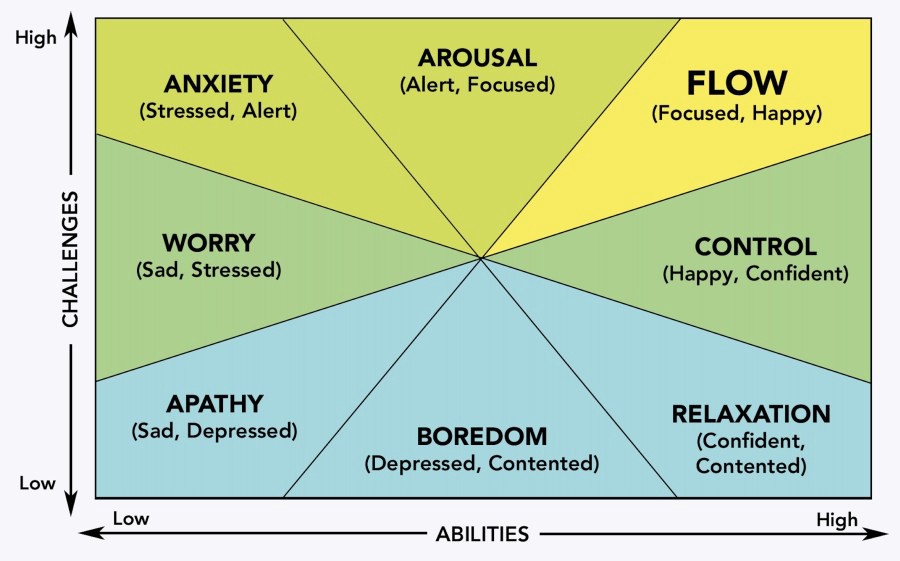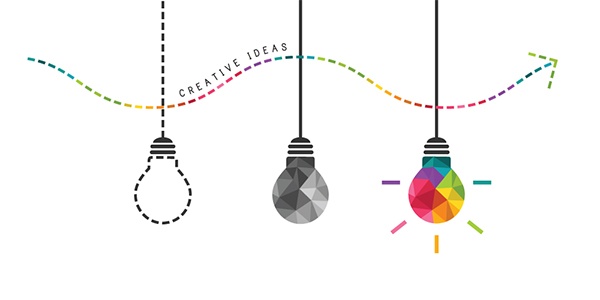

Maybe you have your methods of improving creativity? Feel free to share them, too. Let us know in the comments if any of the techniques we’ve shared have helped you. Being creative will instead turn into something that’s enjoyable and exciting. Leslie’s note: It is also important to note that many of the characteristics of highly creative people, in the extreme or overly amplified may also have the potential for becoming negative personality traits When this happens a highly creative person can become difficult to live or work with. And the creative process won’t ever be tiring or complicated. With these thoughts in mind, you’ll end up with excellent results and outstanding ideas. You can even use these techniques in your spare time as a set of exercises to boost creativity. And how a particular method will help you achieve it. Before putting them into action, you need to understand what your ultimate goal is. Knowing the techniques alone may not be enough, though. And you’re one step closer to becoming a truly creative person. Follow your plan, and then go through the same stages again to improve your idea. All the searching and planning leads to this. It can be any type of project for a school or university or even the process of developing essay ideas. It’s helpful in marketing, writing a screenplay, or working on a project. The method follows the principle of suspending judgment.īrainstorming can be used in any sphere imaginable, anywhere there’s a need to come up with new and fresh ideas. It requires several people to work together, generate ideas, and solve problems. Brainstormingīrainstorming is a method of generating ideas in a group. It also improves flexibility in writing and acts as a creative booster in general. This helps you overcome writer’s block and enhance your writing instinct. By enforcing various limits on you as a writer, you’ll have to write by stream of consciousness, without judgment of your work.
S THE CREATIVE FLOW HOW TO
For instance, it can help if you want to learn how to be more creative in writing. Improvisation is useful in numerous fields. It also improves the development of creative skills. It helps with the discovery of original thought and practice patterns, new structures, and so on. This process usually opens up new ways of doing things. Improvisation involves writing, speaking, and composing without prior preparation. In this conversation, you will find out what you have missed.Ģ.

Ask them to criticize the products of your thoughts. Then share your ideas with the people you trust and respect. Listen to some music, or pick up an instrument.Collect and analyze the feedback.

Get your hands dirty with pottery or gardening. Grab a pen and start writing, doodling, or coloring. It’s pretty amazing that doing the activities that make us feel good (see that dopamine rush) are genuinely good for us. When the two hemispheres of your brain communicate with each other, your cognitive function improves. The left brain is responsible for the motor functions, while the right brain focuses on melody. Studies show that people who play instruments have better connectivity between their left and right brains. Listening to music can also rejuvenate function in your immune system. Although experts are still unsure how it works, writing increases your CD4+ lymphocyte count, the key to your immune system. Studies show people who write about their experiences daily actually have stronger immune system function. It’s time to start taking journaling seriously. Studies have found that writing helps people manage their negative emotions in a productive way, and painting or drawing helps people express trauma or experiences that they find too difficult to put in to words. Even just gardening or sewing releases dopamine, a natural anti-depressant.Ĭreativity reduces anxiety, depression, and stress… And it can also help you process trauma. A creative act such as crafting can help focus the mind, and has even been compared to meditation due to its calming effects on the brain and body. The average person has about 60,000 thoughts in a day. Studies show that creative engagement not only reduces depression and isolation, but can also help people with dementia tap back in to their personalities and sharpen their senses. Creativity goes beyond just making you happy… It’s also an effective treatment for patients with dementia.


 0 kommentar(er)
0 kommentar(er)
